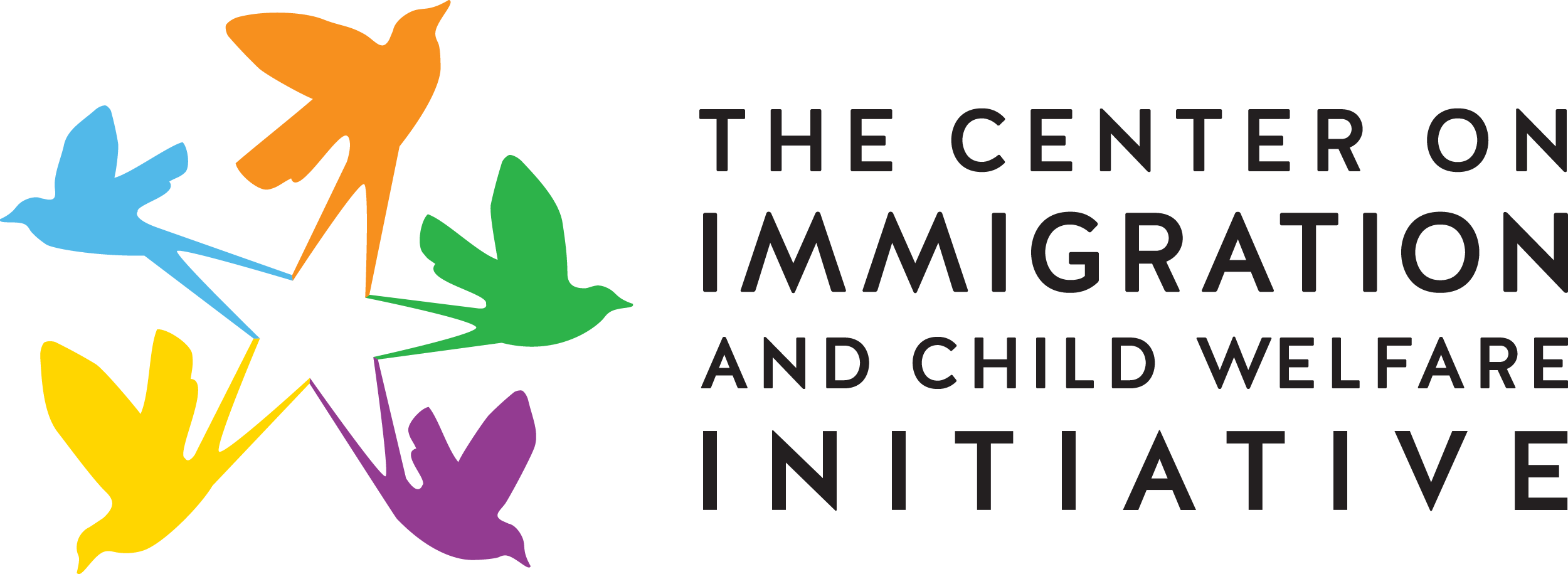Putting Our Children at Risk: The Impact of the Public Charge Rule on Immigrant Children and Families
Center for the Study of Social Policy (September 2019)
This briefs highlights the negative consequences that the public charge rule will have on immigrant children and their families, including with respect to access to health coverage, food security, and housing stability.

